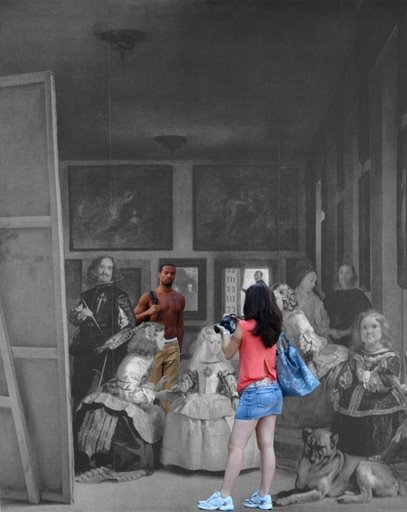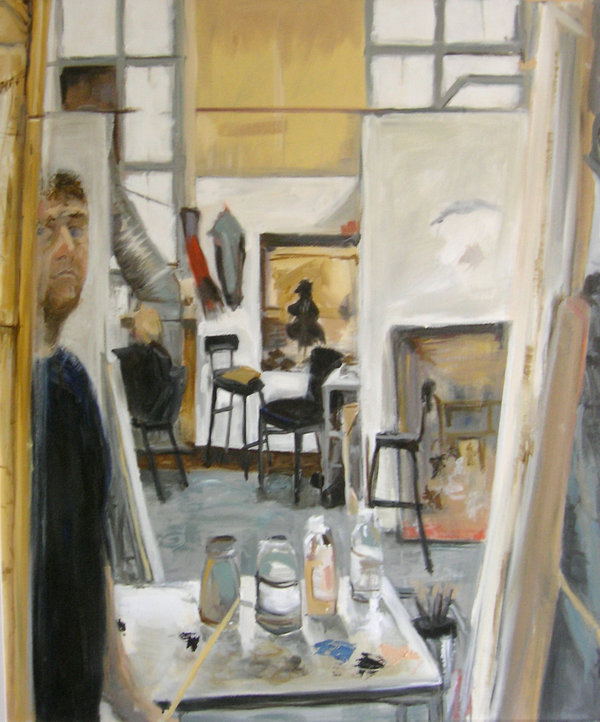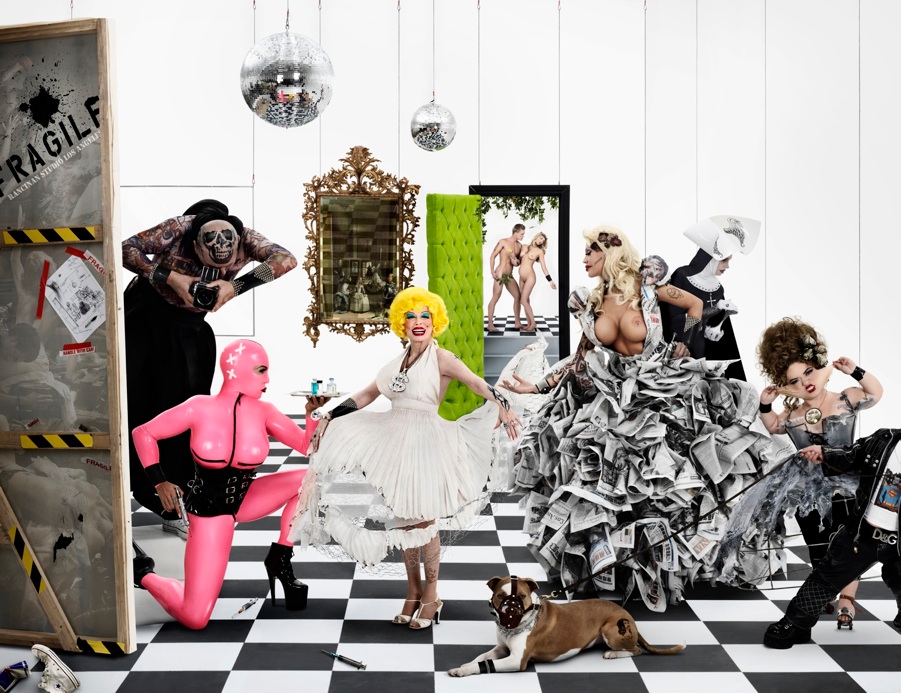I like 'em both.
Bu I have a problem with Vulcan's Forge:
The scene, from Ovid, depicts Apollo telling Vulcan that Venus -- Vulcan's wife -- is having an affair with Mars.
I have problems both with this story and with the God Apollo is depicted.
First, if I were inclined to worship a god, Apollo would be one of three I would choose. (The other two are Dionysus and Lord Buddha, after he became Nothingness. Some years ago Athenians worshiped Apollo for nine months a year, and Dionysus for three, which seems like a good proportion to me. Worshipping Nothingness is becoming easier for me, and soon enough I will be nothing, so its worship should be a piece of cake.) So, as I say, I don't like Ovid's depiction of Apollo as a tattletale, and conclude Ovid must have got it wrong.
Second, Velasquez depicts him as a popinjay and he obviously cannot be a popinjay: Apollo is the kouros, a beardless athletic youth, : no a popinjay. Here, for example is Apollo grieving over the death of Hyacinth, whom the wicked Zephyr killed by blowing a discus throw by Apollo off course, striking Hyacinth.
So, through the magic of the God Computer (powerful and unimaginative) I excise the popinjay:
I don't think the painting is harmed; you may disagree.
Here are some bits of he painting, blown up so I can see them better:
(Art historians are pleased to mention the white vase as an example of Velasquez' still like.)
I can't imagine how this was painted. I also don't know how Velasquez kept all he men's feet on the ground.
_____________________________________
Other painters have painted Vulcan's Forge, sometimes with Venus present. Here are some I like and some I think are incredible. Image that follow are from athe great collection at Lib Art (lib-art.com).
I like this painting by Francesco Bassano for itself, and also . . .
.a . . for the putti playing with the doggie. I likes doggie, I do, and Putti ain't bad either .
This painting doesn't much resemble Mary Nye's dad's blacksmith shop, which we passed every day on the way to school, but I guess it is realistic. At least the figures aren't idealizes in this classical manner.
In this painting, by Palma Giovani, the forge is almost an afterthought. There is a long string of reclining nude women, beginning in the early Renaissance and continuing today, all in similar poses.
Foris Farns' young gentleman artisans are brave indeed: I'd worry about my tallywhacker getting whacked.
These youngsters were consumed, perhaps, by John Galliano,who is, he says, not Mel Gibson.
Can't understand the costumes any ol' way. Perhaps they were added later, ant the command of some "religious" person, perhaps at the demand o the Grand Inquisitor, of whom, later.
This Goya painting is of men at a forge. It is not Vulcan's forge, but Goya is always good to measure the competence of other painters by. I don't think he can be beat -- very often.
________________________
Mars and Venus also attracted a fair amount of painterly attention, for obvious reasons. Here are three that I like:
Botticelli's Venus and Mars: delicate, precise, and wonderful as always
Tintoretto
Tintoretto, detail
Carlo Saraceni, and boy! are the putti having fun!
The neo-classical painter David, whom I like but shouldn't.
Joachim Wtewael. And finally, the gods burst out laughing when Mars andVenus are discovered in bed.
I'm delighted to see a god, perhaps Poseidon, who wears his hair like mine.
Zeus, enjoying someone else's discomfiture, as befits a god.
And finally the cuckolded husband, Vulcan, his forge in the foreground, looking a bit more godly than when we first met him.





















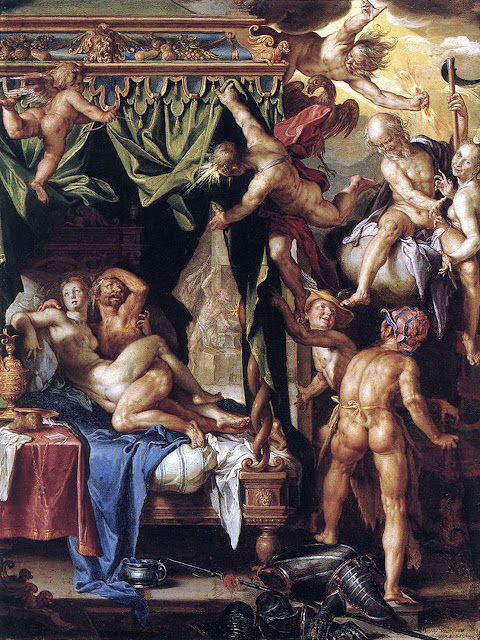






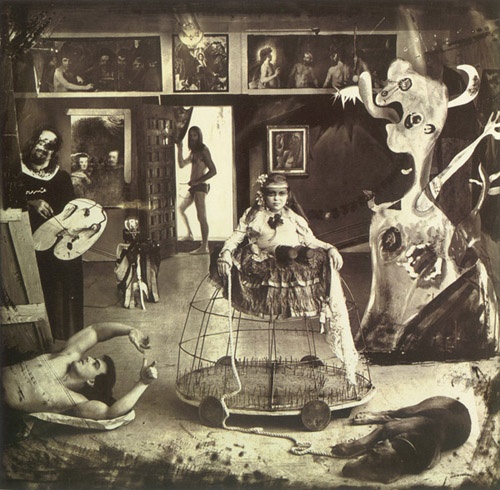








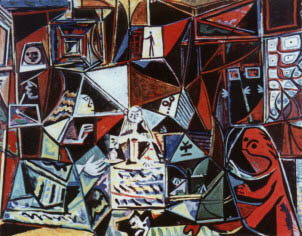
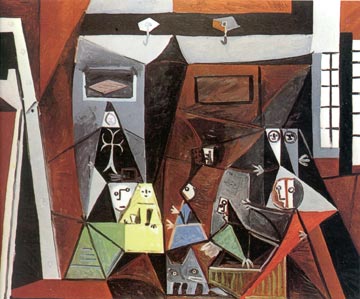
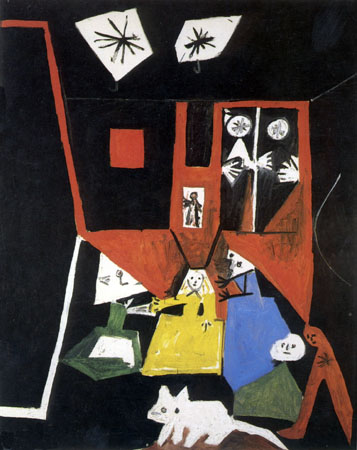
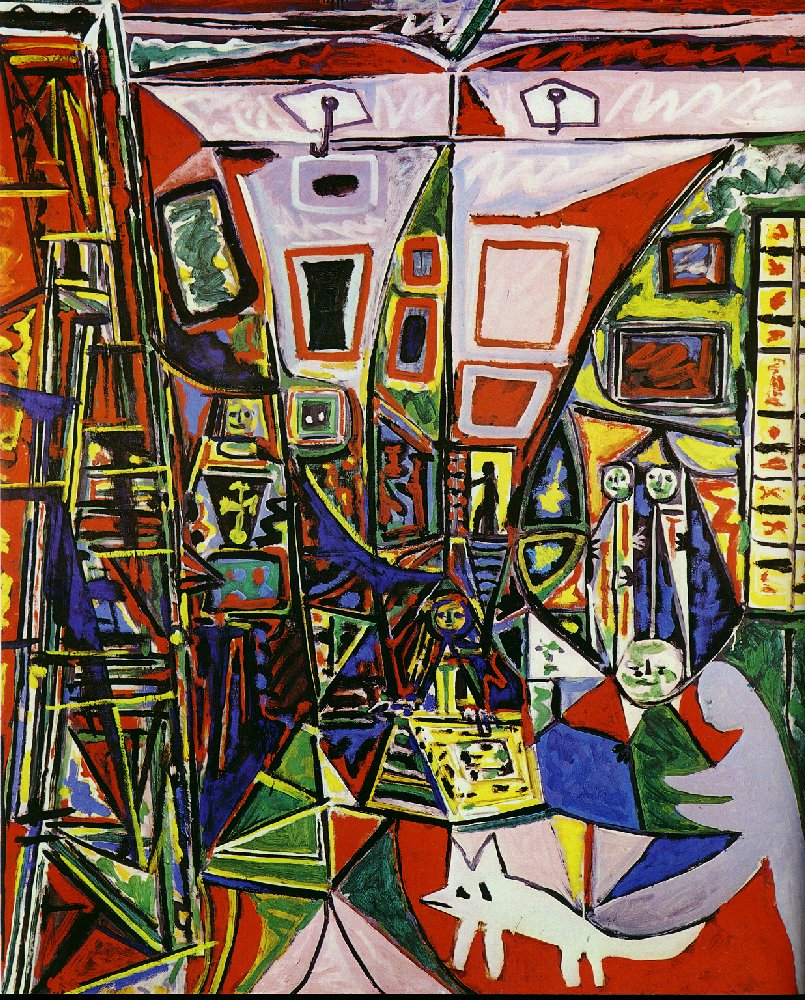

,_El.jpg)
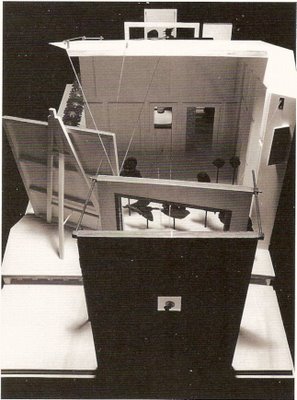
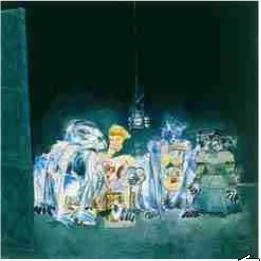




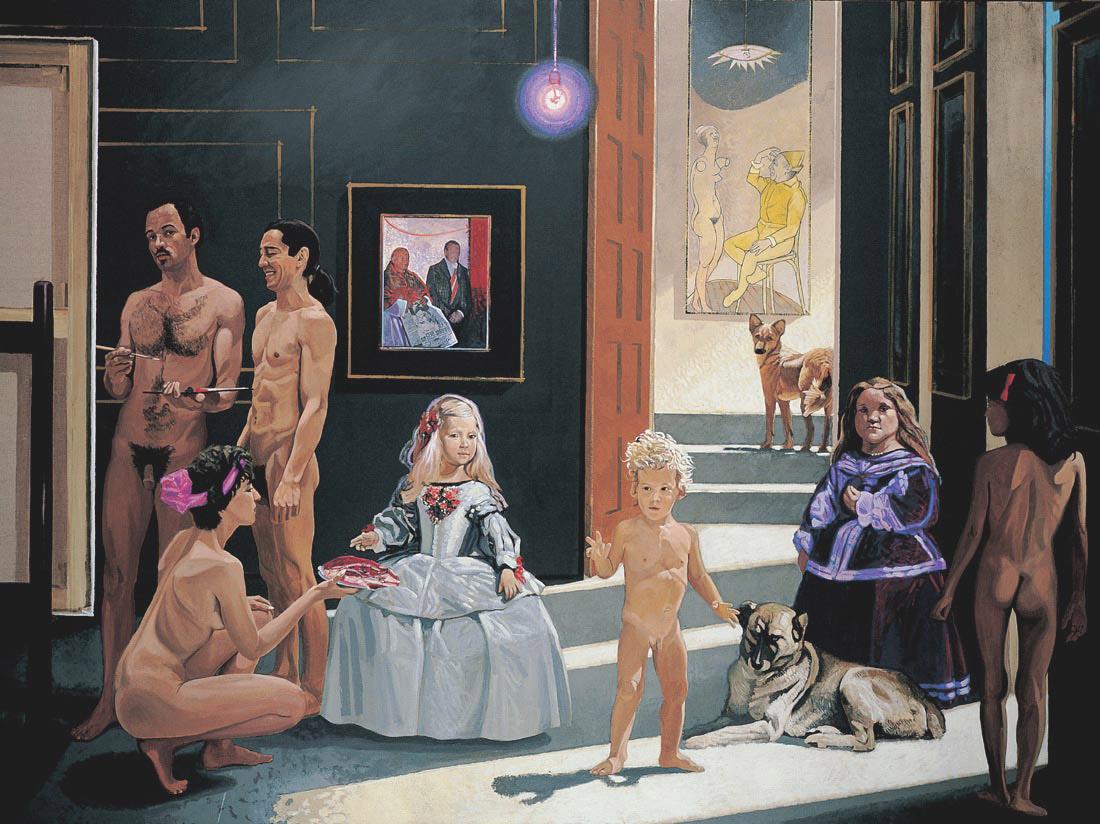

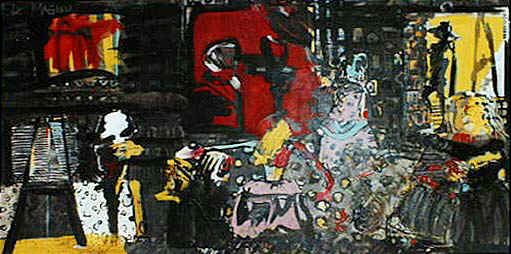
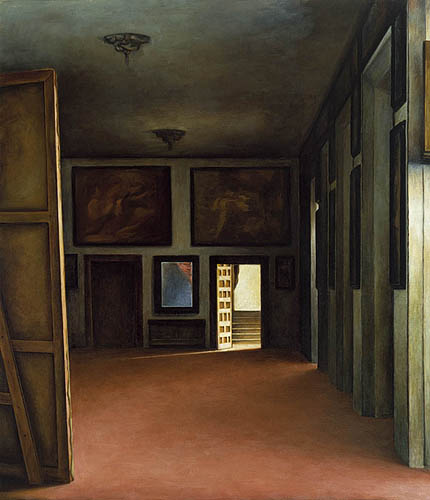
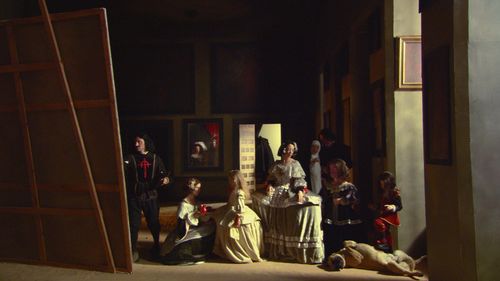

,_2.jpg)
